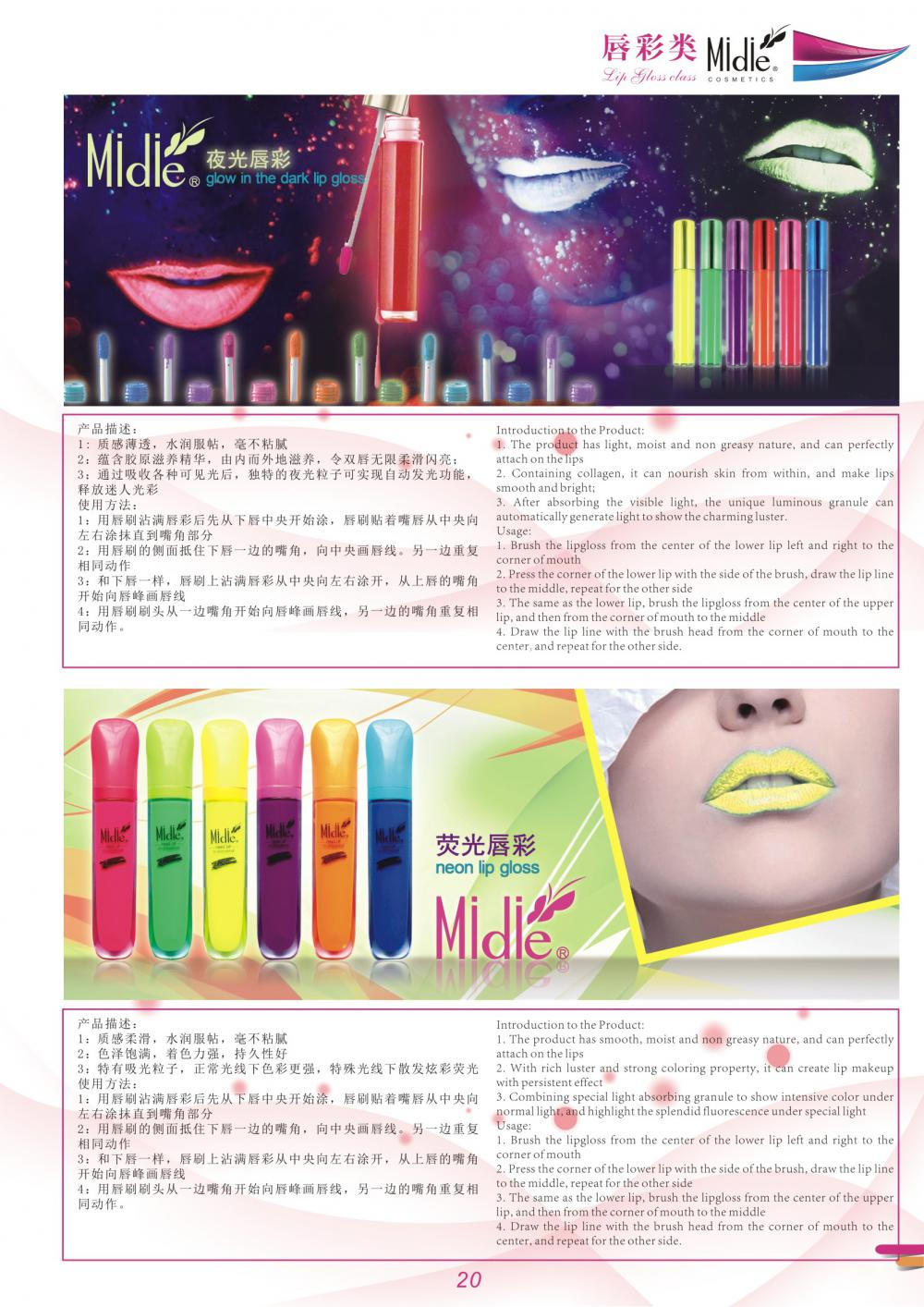Crystalline chalcogenide compounds are a class of functional compounds with wide application prospects in thermoelectricity, photoelectricity, photocatalysis, ion exchange, fast ion conductors, etc. The development of this field depends largely on the development and transformation of synthetic methods . Because of their "greenness" and "designability", ionic liquids can replace traditional organic solvents and have a wide range of applications in organic synthesis, catalysis, extraction, electrochemistry, etc. The special crystallization environment and structure guiding effect of ionic liquids are beneficial to obtain new compounds that are difficult to obtain in conventional molecular solvents. In recent years, new inorganic materials and inorganic-organic hybrid materials (such as oxide molecular sieves and coordination polymerization) have been prepared in ionic liquids Matter) has become a research hotspot in inorganic chemistry and materials chemistry, and ionic liquids have rarely been reported in the preparation of new crystalline metal chalcogenides.
With the support of the National Natural Science Foundation of China and the Chinese Academy of Sciences, the research team led by Huang Xiaoying, a researcher at the State Key Laboratory of Structural Chemistry at the Fujian Institute of Material Structure, used ionic thermal synthesis to obtain crystalline metal chalcogenide-based porous materials for the first time. This series of compounds is based on [SnSe4] tetrahedron and [Sn3Se4] hemicubane as structural units, and forms nano-porous chalcogenides with a new topology through different connection methods. The porosity after removing ionic liquid cations is close to 60% (Angew. Chem. Int. Ed. 2011, 50, 11395-11399).
Recently, the research group has also successfully prepared a series of discrete T5 supertetrahedral cluster compounds based on Cu-Ga / In-S (Chem. Sci. 2012, DOI: 10.1039 / C2SC00824F) in ionic liquids. The largest supertetrahedral chalcogenide with discrete structure reported to date, ionic liquid cations play an important role in separating and stabilizing these super-large clusters.

Ion-thermal synthesis of selenium-tin compounds with nano-micropore structure

T5 supertetrahedral clusters with discrete structure synthesized by ion thermal
Lip balms are most often used to moisturize and protect the Lips. They often contain SPF protection.
Lip Balm or lip salve is a wax-like substance applied topically to the lips of the mouth to moisturize and relieve chapped or dry lips
The primary purpose of lip balm is to provide an occlusive layer on the lip surface to seal moisture in lips and protect them from external exposure. Dry air, cold temperatures, and wind all have a drying effect on skin by drawing moisture away from the body. Lips are particularly vulnerable because the skin is so thin, and thus they are often the first to present signs of dryness. Occlusive materials like waxes and petrolum prevent moisture loss and maintain lip comfort while flavorants, colorants, sunscreens, and various medicaments can provide additional, specific benefits.
Lip balm can be applied where a finger is used to apply it to the lips, or in a Lipstick-style tube from which it can be applied directly.
Lip balm was first marketed in the 1880s , though its origins are commonly traced to earwax which was used as lip balm prior to that.

Lip Balm
Nourish Lip Balm, Moisturizing Lip Balm, Natural Lip Balm, Cake-shaped Lip Balm, Colored Lip Balm, Lip Balm for Kids
Zhejiang Zhongyimei Industry Co., Ltd , https://www.queeeny.com